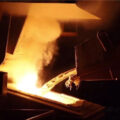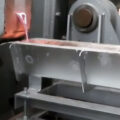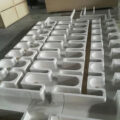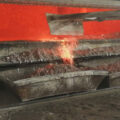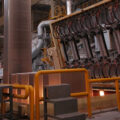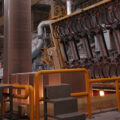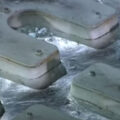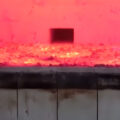Aluminum ingot smelting and casting use the Hall-Héroult process to extract aluminum metal from its oxide alumina. In this method, alumina is dissolved in cryolite in a cauldron at about 1000°C. The mixture is then electrolyzed to deposit heavier liquid aluminum on the cathode at the bottom of the pot. The aluminum can then be transferred to casting or extrusion equipment for final forming, or it can be cast into ingots for remelting. At present, most of them use the method of pressure casting to cast molds to produce die castings. This method not only produces high-precision die-casting molds, smooth mold surfaces, good mechanical properties, but also high production efficiency. However, these excellent characteristics mainly depend on the structural design concept of die-casting parts.
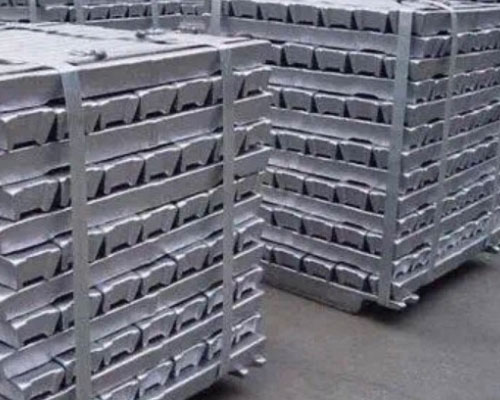
Influencing Factors of Aluminum Ingot Smelting and Casting
1. The material of aluminum ingot die-casting is limited by certain. Because the die-casting molds are subject to temperature restrictions, the melting point of some aluminum ingots is too high, which will cause the service life of the die-casting molds of accessories to be shortened, which adds a lot of cost. So far, aluminum ingots produced by die-casting processing molds have zinc alloys, aluminum ingots, magnesium alloys, copper alloys and other non-ferrous metals.
2. There are small semi-circular pores on the surface of the die-casting mold. Because the gas in the hole expands and shrinks at high temperature, the surface of the die-casting workpiece bulges. As a result, the appearance of the die-cast processed parts is affected, and the overall quality of the die-cast processed parts is reduced. Therefore, the general die-casting parts will not be heat-treated or welded, and are not suitable for working in high-temperature environments.
3. The dimensional accuracy of die-casting parts is also limited. The size of the die-casting die is limited by the clamping force of the die-casting machine and the size of the die. Therefore, the die-casting process is not suitable for the production of large-scale die-casting parts, but only for the production of some small-scale die-casting parts. However, for die-casting parts with more complicated concave surfaces, it is more difficult to produce die-casting molds.
If the structure and design principle of the die-casting mold are not good, it will not only bring difficulties to the die-casting mold manufacturing, but also the quality of the product is difficult to guarantee.

